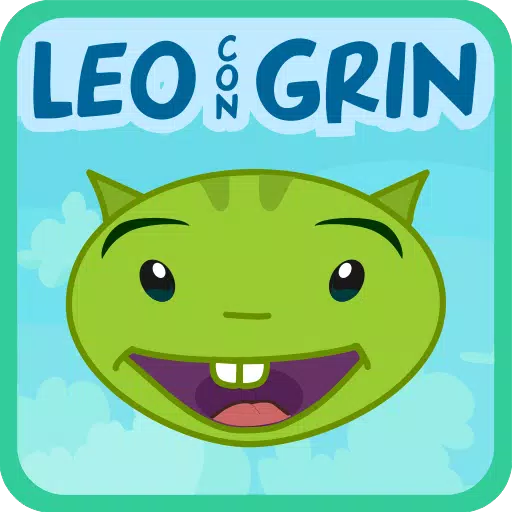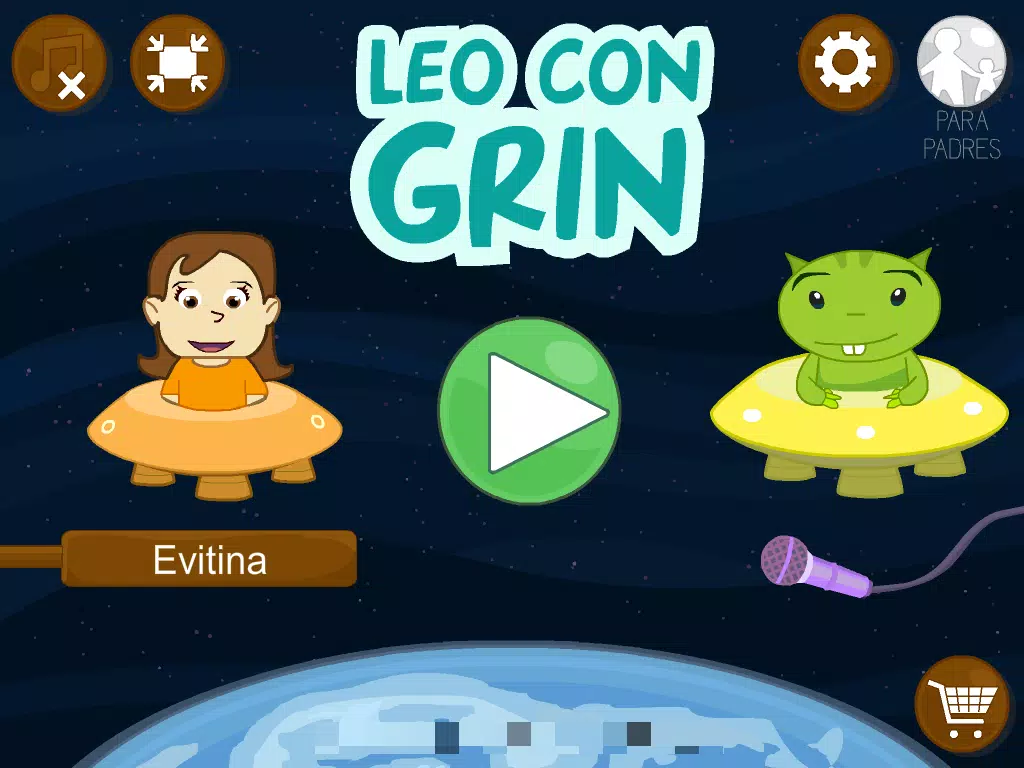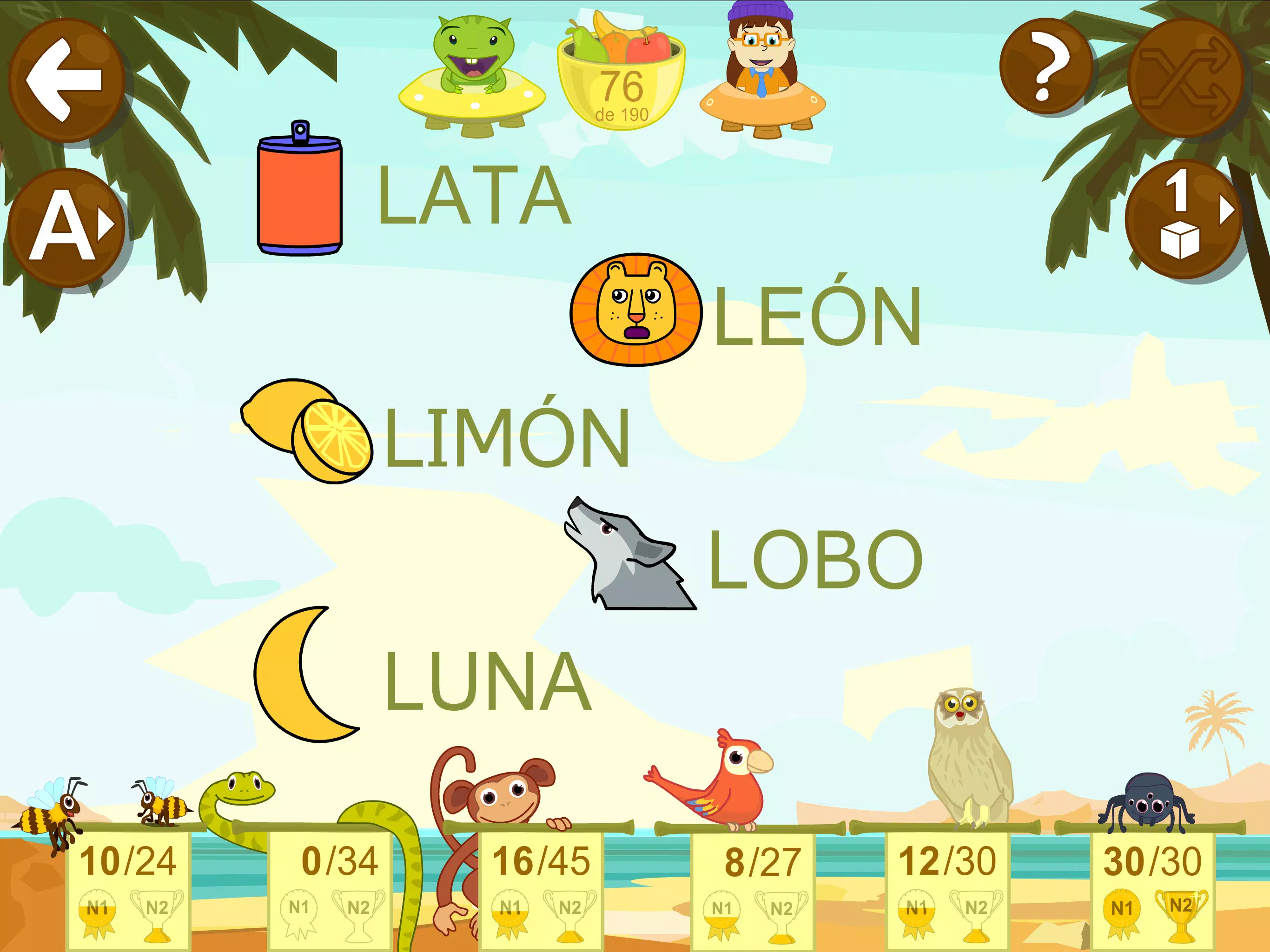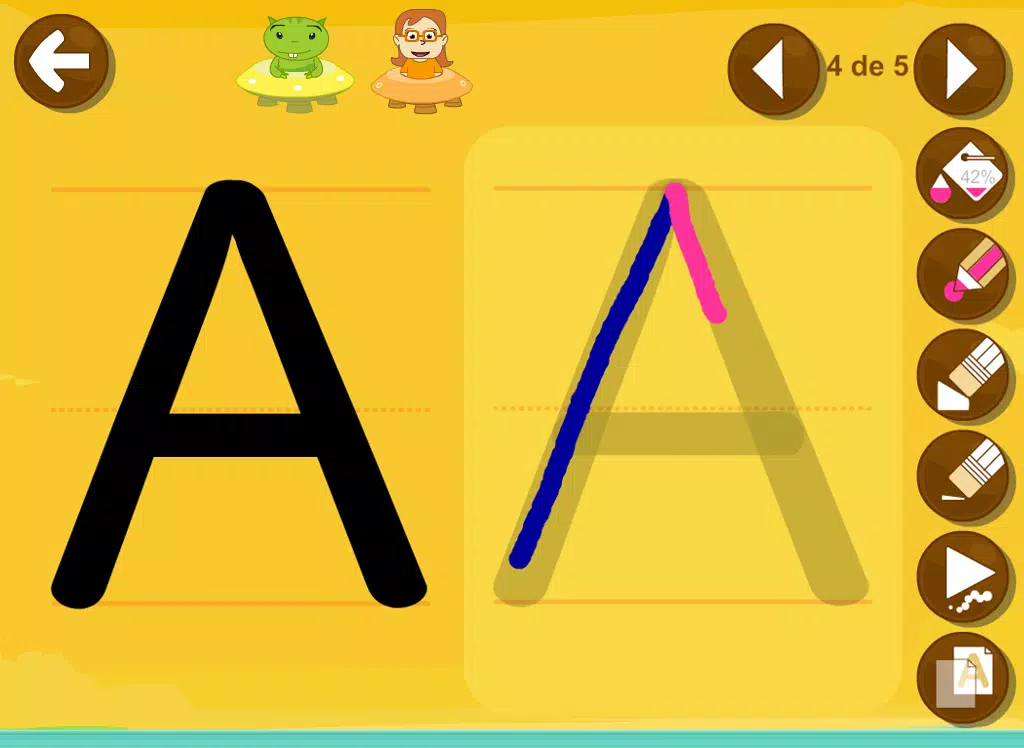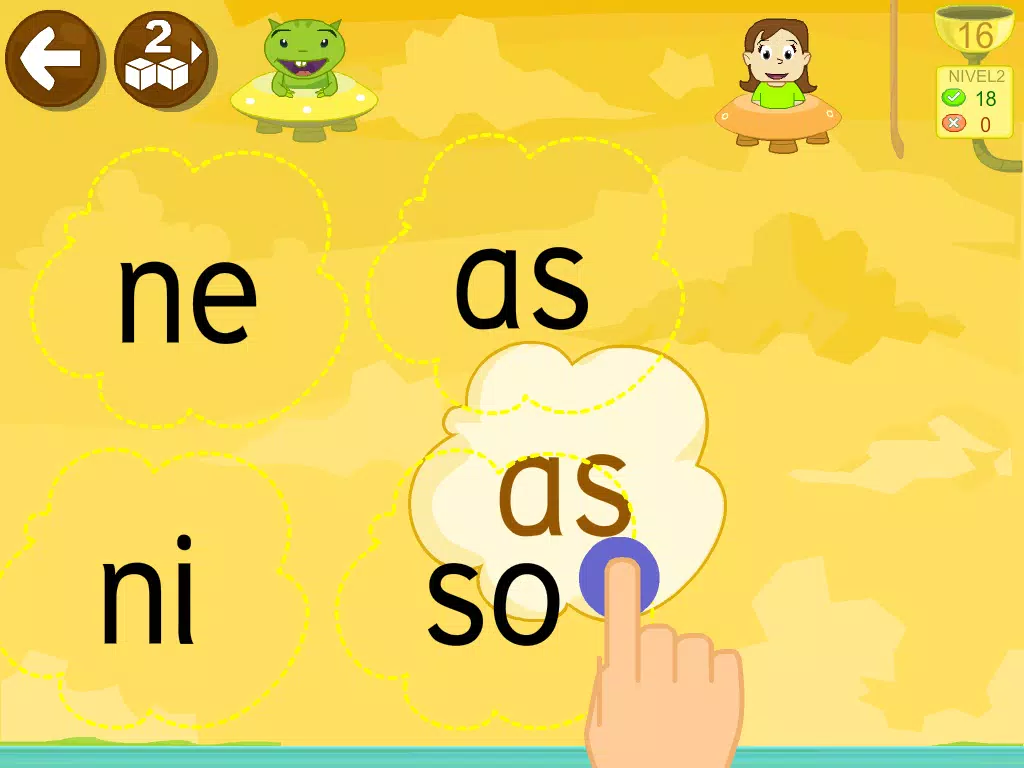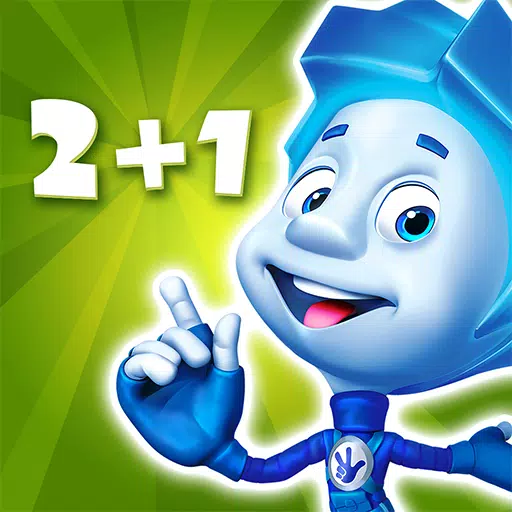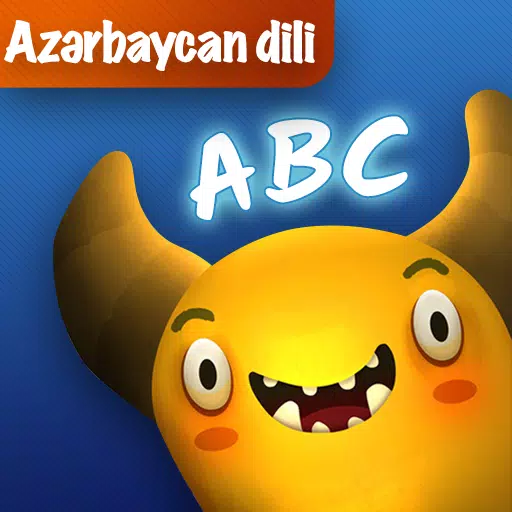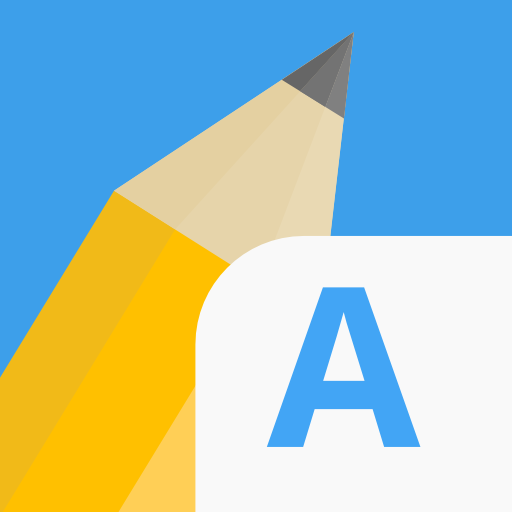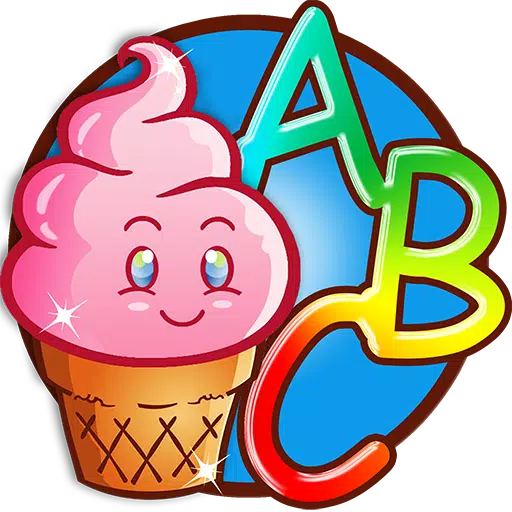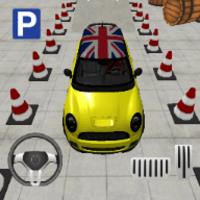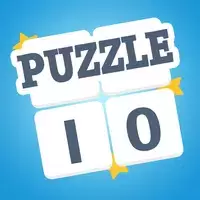Learning to read Spanish and mastering the alphabet is a crucial skill, especially in the early years of education. It forms the foundation for academic success and is essential for future personal and professional development. Given that children today are digital natives, it's beneficial to leverage their affinity for computers and tablets to enhance or reinforce what they learn in school.
METHOD
Our method, "Learn to Read Spanish with Phonics," is tailored for children aged 3 to 6 or 7, and even adults looking to refine their pronunciation. The program is structured into a section for tracing letters and 30 lessons that start with vowels and progress to consonants and digraphs such as L, M, S, T, P, N, D, F, H, C, Q, CH, G, GUE, R, -rr-, B, V, J, GE, GUE, Y, Z, CE, LL, X, K.
Each lesson includes 11 engaging games, each available in two levels of difficulty. This setup is perfect for parents and educators seeking an effective way to practice initial syllables and words in Spanish. Encourage the child to listen and attempt the exercises, understanding that it's not necessary to grasp everything immediately.
Reading acquisition is a gradual process that may span over a year. We recommend daily practice sessions, revisiting previously learned material, and adapting the exercises to maintain the child's interest and progress at a comfortable pace. It's crucial that learning feels like a game to keep the experience enjoyable.
LEVELS
Each game within the program offers two difficulty levels, which can be adjusted at any time. This allows children to progress at their own pace, with the flexibility to pause and resume later. Successfully completing games earns the child virtual fruits, which serve as a fun incentive.
The first level is designed for children as young as three, and sometimes even younger with assistance from adults. The games at this level can be completed with guidance from the instructions. The second level is more challenging, encouraging children to solve problems independently while ensuring that the learning process remains enjoyable.
It's important for parents or guardians to set the difficulty level according to the child's abilities and not to pressure them excessively to complete or advance levels.
ABILITIES
The program aims to develop various key skills including:
- Visual and auditory memorization
- Identification and association
- Discrimination
- Understanding
- Literacy
OPTIONS
From the home screen, users can:
- Enable or disable background music
- Choose to play in full screen
Within the Tikis menus, additional options include:
- Changing the font to uppercase, lowercase, or cursive handwriting
- Enabling or disabling automatic activity switching after a set number of exercises
- Shuffling the syllables for varied practice
ACHIEVEMENTS
The program allows for up to three profiles to be created, each with a unique avatar, enabling tracking of individual progress, successes, and areas for improvement, represented as a percentage and visually as fruits. These fruits serve as an engaging way to motivate continued learning. Once collected, children can share their fruits with little aliens by clicking on the basket.
For a detailed view of progress, users can access the reports button on the Tikis screen.
GAMES
A new feature, "The Alphabet," allows learners to listen and practice writing letters, syllables, and words in different modes: trace, copy, and free mode. Users can select between uppercase, lowercase, and handwriting styles.
Each lesson includes 11 games designed to enhance different aspects of reading and writing:
- DOLPHIN: Introduction to words and their components.
- BALLOONS: Letter identification within syllables.
- CLOUDS: Tracing the shape of each syllable.
- CRABS: Building syllables from individual letters.
- BUTTERFLIES: Syllable recognition.
- BEES: Identifying the initial syllable of words.
- SNAKE: Constructing words from syllables.
- MONKEYS: Forming words from letters.
- PARROTS: Recognizing and reading words.
- MOUSE: Understanding word order and reading sentences.
- SNAILS: Building sentences from words.
For any feedback or technical queries, please contact us at [email protected].

